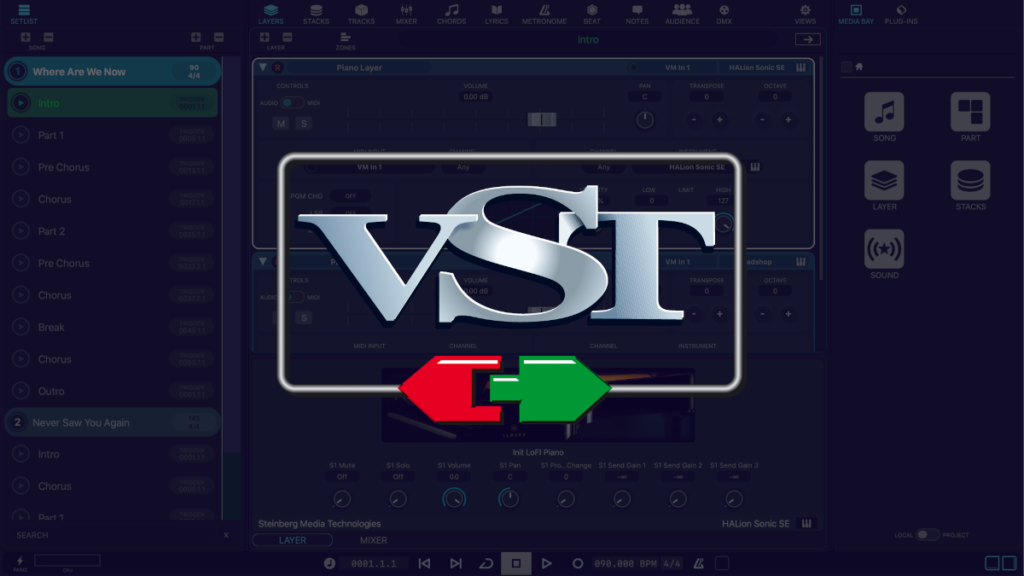Recent Posts
Search Topic
Virtual Studio Technology is abbreviated as VST. VST offers to incorporate a variety of effects and instruments into your recording projects. We have classified the VST plugins into two main types of VST plugins. i.e one is the VST effects, which are divided into a large number of different sub-categories within the larger category of effects. The second type of plugin is VST instruments, which also cover a wide range of categories, some of which will be discussed in greater detail below.

VST Effects
Audio editing is one of the most important processes after Recording. It is the manipulation of recorded audio files in a musical arrangement, film soundtrack, or broadcast. VST effects are hardware or software devices that influence how an audio signal sounds. Effects can be controlled via various parameters including rate, feedback, or drive.
In DAW some important core tools such as equalization, compression, and reverb are commonly applied to individual tracks to make a huge difference in the flow of tune at the time of recording & mixing. So, the VST effect is post-recording. It can be applied to any type of VST instrument. Rather it can modify & manipulate any type of recorded instrument with ADSR effect, sometimes EQ, filter, distortion.
Visit our VST Plugin review page and explore the effect plugin for your music production.
VST Instruments
VST instruments are the software that is the real-time version of any musical instrument. VST instruments are the smart version of these instruments musicians need in today’s recording studio. VST instrument can’t be built any sound in itself, so an extra source which can be a computer, a sound module, or MIDI-enabled hardware instrument needs to be attached to create the sound or the music.